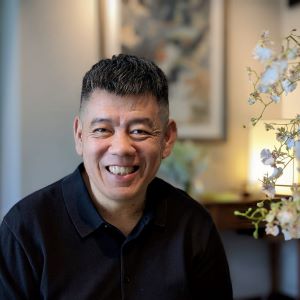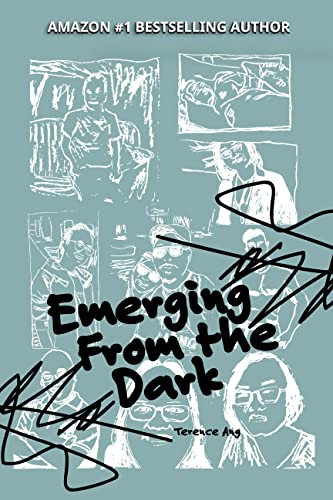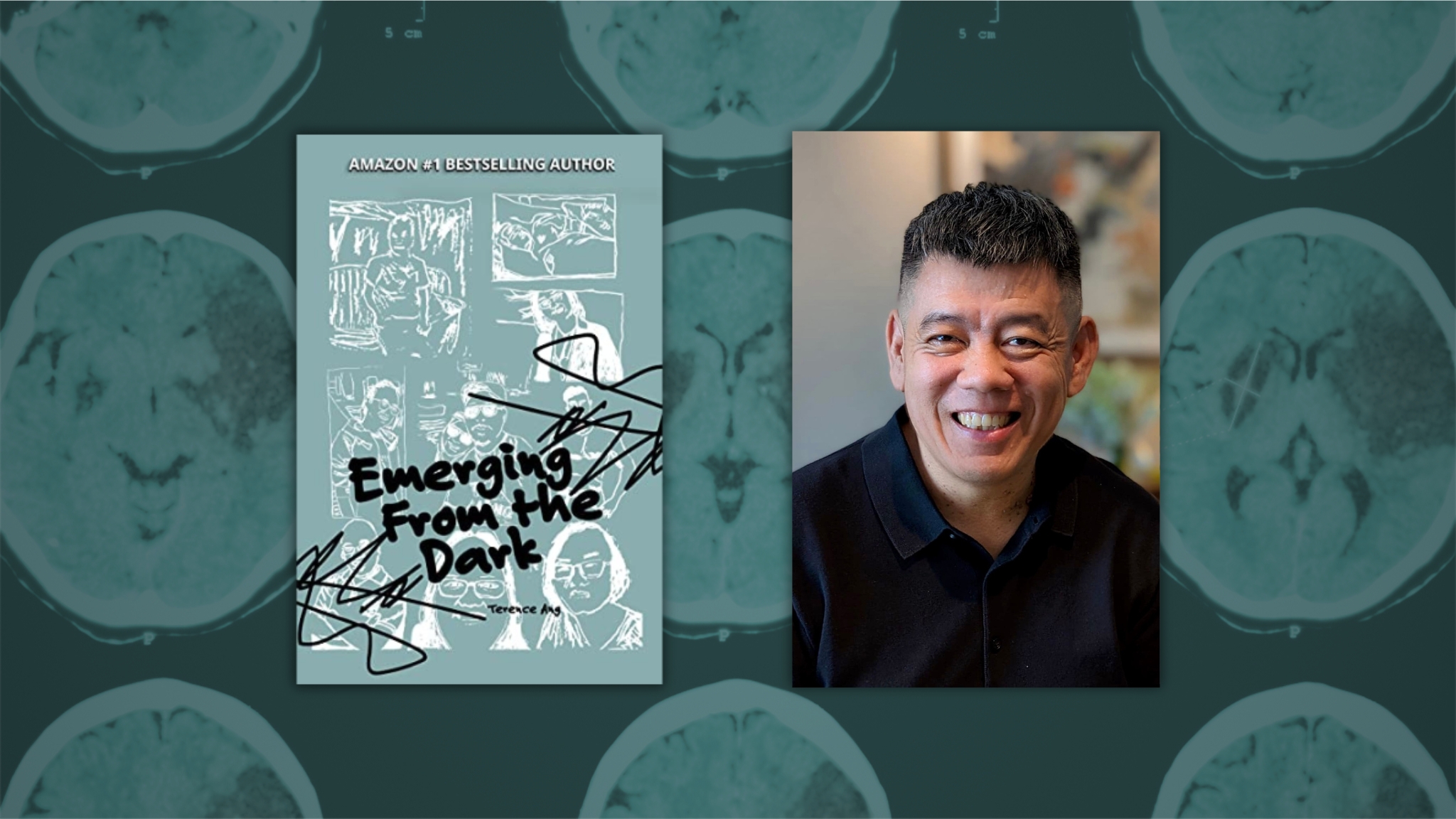Emerging From the Dark by Terence Ang
Many people have no idea about a stroke and its consequences. Terence Ang was one such person – and never bothered to learn about it.
“I had the misconception,” he says, “that it only happened to old people. And as long as I maintained a clean bill of health, I was safe. How wrong I was.”
Since then, Ang has become something of an evangelist for the disease, having written two books on the subject, spoken at a major international conference and doing what he can to educate people on the effects and emotions of stroke victims. His first book, A Cry in the Dark, tells his own story as a stroke victim. His more recent work, Emerging from the Dark, profiles other people who have experienced a stroke.
Ang recently shed more light on the topic in this BookTrib interview.
Q: Why did you write this book?
A: The positive response from my first book A Cry in the Dark opened many doors and gave me the opportunity to meet many people, from key healthcare providers to other stroke survivors. Their experiences and encouragement motivated me to write this follow-up which not only continued my recovery journey but also included the personal stories shared by some individuals who had survived stroke as well as some caregivers. I also wanted to write a book that is not only educational about stroke but also inspirational for anyone going through challenges in life.
Q: This is the second book you have written regarding the experiences of having a stroke. Tell us the difference in the two books.
A: My first book narrated my experience of being unexpectedly hit by stroke while I was enjoying the prime of my life. It recounted how I underwent first a period of frustration and denial, and then followed by determination to not only get better but also chart a new course in my life as a stroke survivor. This second book tells the very different experiences of other stroke survivors, and these stories are interspersed with handwritten thoughts and feelings that reflect my different moods, all of which are accompanied by my own hand-drawn illustrations.
Q: Tell us why it was so important to add the illustrations to both books and using your right hand to draw them.
A: For me, a picture alone can be worth a thousand words, and people also tend to be attracted to pictures, so pairing the quotations with drawings will impact readers more powerfully. When I initially lost the use of my right hand due to the stroke, I felt that it would add poignancy to the content by using that hand to write as well as render the drawings for the book. It involved a lot of painstaking effort, but readers will hopefully be encouraged knowing I intentionally used that hand to show my faith in continuing to use it so as not to lose it. These illustrations drawn by my right hand also serve as a reminder of what I went through and my persistence in working on my recovery.
Q: What are some commonalities of the stroke victims whose stories are profiled in your book?
A: Although these stroke victims came from different age groups and backgrounds, they were all similarly blindsided by their stroke which suddenly disrupted their lives. Nevertheless, their journey to recovery was helped by the loving support received from their family members, and all were determined to not let stroke turn them into helpless victims. All of us were willing to share our stories not because we wanted pity but because we wanted to help all readers to know that when they meet challenges in life, they should not give up because their hope and determination will enable them to emerge from the dark.
Q: How does the art of storytelling help get your messages across?
A: Storytelling serves several purposes. Firstly, readers will find it more interesting to read a story than a piece of infotainment disguised as an advertorial. Once their interest is piqued, they will not be turned off and the message then gets effectively delivered. Secondly, stories based on real-life experience or which are relational will receive more empathy from the reader. Thirdly, stories that sound genuine or told in a sincere manner will find better reception for their messages than stories that come across as preachy or pontificating.
Q: What other work are you doing now to help educate people on strokes and the people who experience strokes?
A: While recovering from stroke, I initially turned inward, but a few NGOs helped me to restore my confidence and even gave me the platform to rebuild my abilities and even discover new ones. I felt affirmed when I stepped out of my comfort zone by speaking at the World Stroke Congress, and what I spoke resonated with the international participants who then brought my message back home to share with others. Now I believe that I in turn can also help other stroke survivors step out of their comfort zones the way I had been helped to rebuild their abilities and discover new ones.
Q: What do you hope readers take away from this book?
A: That stroke is real but does not mean one has to end up helpless and hopeless. That there will continue to be good days and bad days, and how we face them makes the difference. We can always have a good cry first, then we pick ourselves up and emerge from the dark. We are not alone when life hits us hard, what happens next will show us who are our true friends who will stand by us when we are down and support us in getting up again.
 In August 2020, Terence Ang experienced a stroke. The largest electronics and home company in Singapore at the time had him in charge of digital marketing and e-commerce. As a stroke survivor, he wanted to make a difference in someone’s life through his own journey, with the hope of providing a positive outlook as one navigates everyday life. His first book, A Cry in the Dark, is about the author dealing with the aftermath of a stroke. After the launch of his first book, he was invited to speak at the World Stroke Congress 2022 in Singapore, where he shared his insights on health professionals impacting his recovery. This second book features stroke survivors sharing the individual stories of their own journeys.
In August 2020, Terence Ang experienced a stroke. The largest electronics and home company in Singapore at the time had him in charge of digital marketing and e-commerce. As a stroke survivor, he wanted to make a difference in someone’s life through his own journey, with the hope of providing a positive outlook as one navigates everyday life. His first book, A Cry in the Dark, is about the author dealing with the aftermath of a stroke. After the launch of his first book, he was invited to speak at the World Stroke Congress 2022 in Singapore, where he shared his insights on health professionals impacting his recovery. This second book features stroke survivors sharing the individual stories of their own journeys.
Buy this Book!
Amazon




